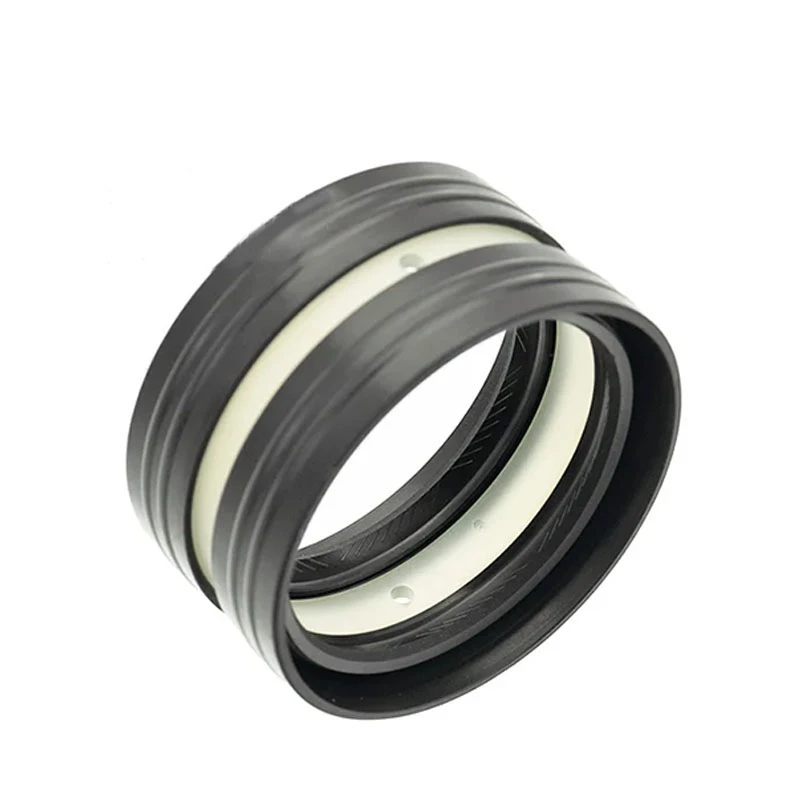55498782 NEW GM OEM OIL DRAIN PLUG CHEVROLET GMC CADILLAC B83


2. Drain the Oil Place an oil catch pan beneath the vehicle and remove the drain plug to release old engine oil. 3. Remove Old Bolts and Oil Pan Use a socket wrench to unscrew the bolts. Carefully detach the oil pan to avoid damaging the oil pan gasket. 4. Inspect and Clean Examine the oil pan and gasket for wear and replace if necessary. Clean the area to remove any residue or debris. 5. Install New Bolts Position the oil pan back into place. Hand-tighten new bolts initially to ensure alignment, then use a torque wrench to tighten them evenly in a crisscross pattern to the manufacturer’s specifications. 6. Refill Engine Oil Replace the drain plug and fill the engine with the recommended oil grade. 7. Check for Leaks Lower the vehicle and start the engine. Monitor for leaks to confirm a successful installation. Leveraging Expertise for Reliable Maintenance While DIY enthusiasts can often handle oil pan bolt replacements, consulting with a certified mechanic offers peace of mind and ensures precision. Professional mechanics stay updated with the latest industry standards and can spot potential issues that may be missed, such as a compromised oil pan gasket or signs of oil sludge, which may require additional interventions. In automotive care, proactive replacement of oil pan bolts and selecting high-standard components play significant roles in vehicle maintenance. Adhering to expert advice and leveraging quality products ensures not only the engine's longevity but also enhances overall vehicle safety and reliability. Prioritizing these measures can save drivers substantial amounts by averting severe engine damages, thus underscoring the value of preventative maintenance in automotive care.
-
Mastering Diesel and Performance Engine Maintenance: A Guide to Critical Oil Gaskets
News Jul.28,2025
-
How to Identify and Fix Oil Filter Mount and Housing Gasket Leaks
News Jul.28,2025
-
Fixing Oil Housing Gasket Leaks: A Guide to Replacing Your Oil Filter Housing and Gaskets
News Jul.28,2025
-
Everything You Need to Know About Changing Your Oil Filter Housing Gasket and Related Gaskets
News Jul.28,2025
-
Essential Kits and Tools for Engine Repair and Enhancement
News Jul.28,2025
-
Diagnosing and Fixing a Leaking Oil Filter Housing Gasket: What You Need to Know
News Jul.28,2025
-
Understanding Flat Gaskets: Types, Materials, and Industrial Applications
News Jul.25,2025
Products categories















